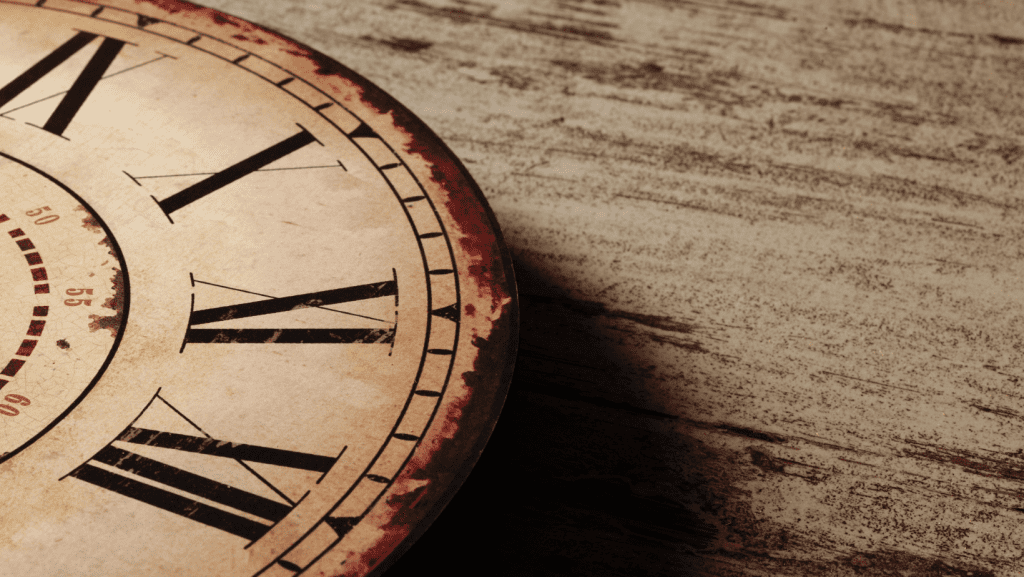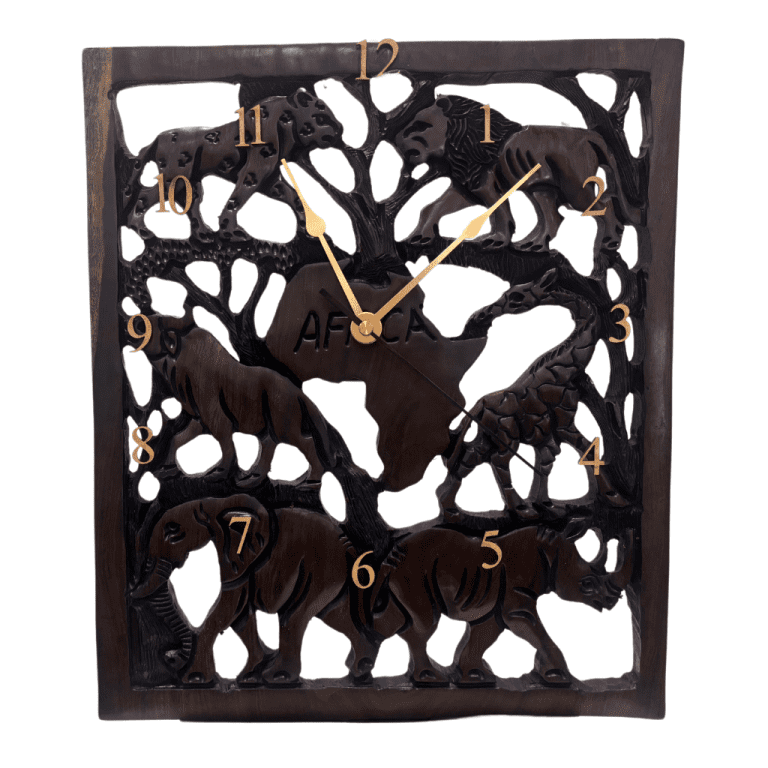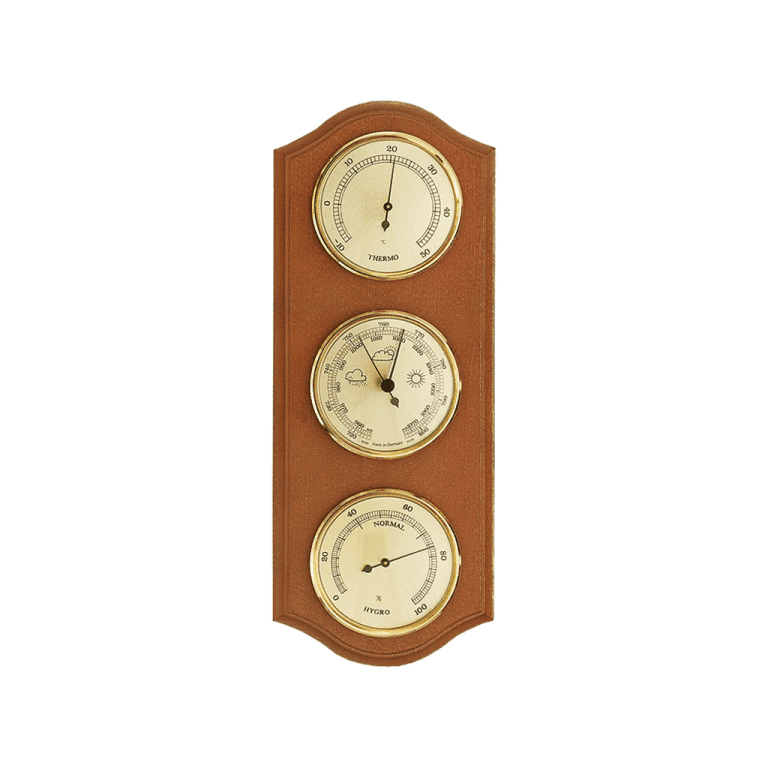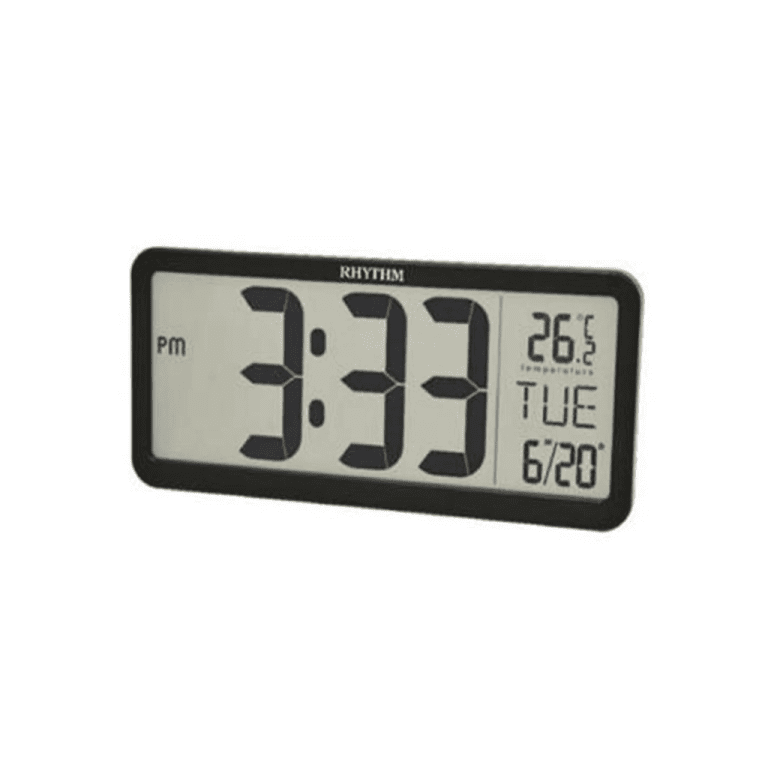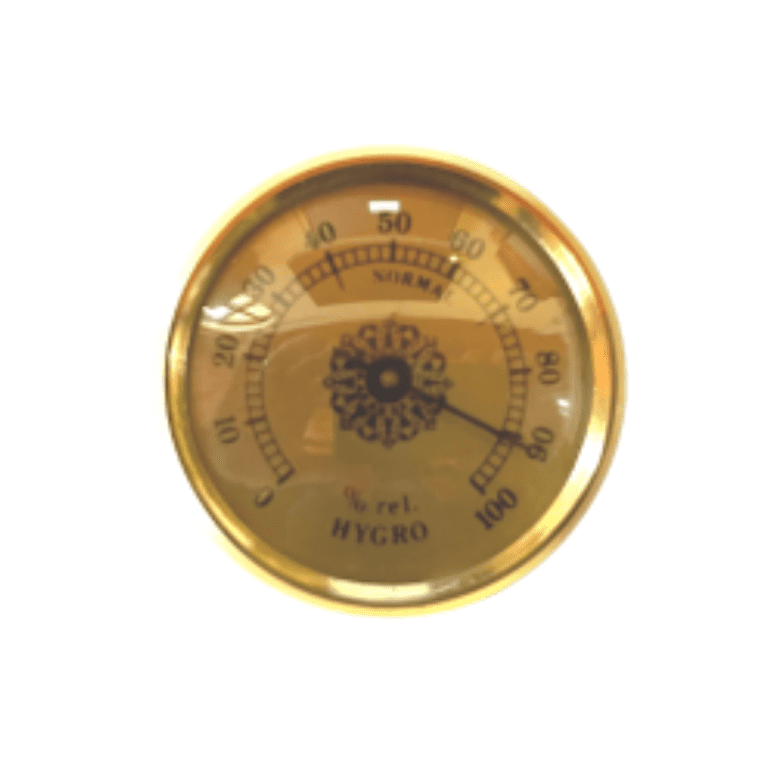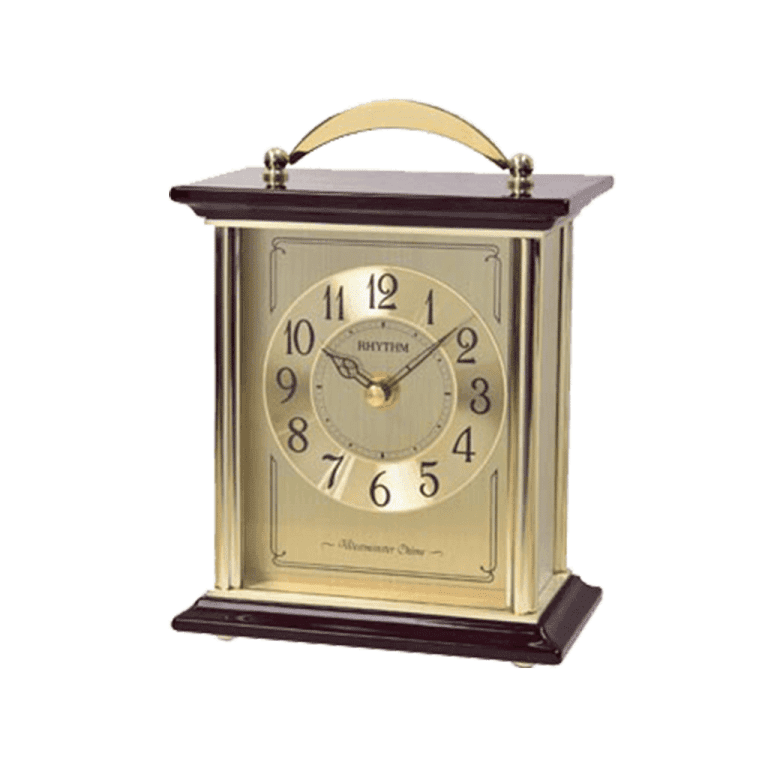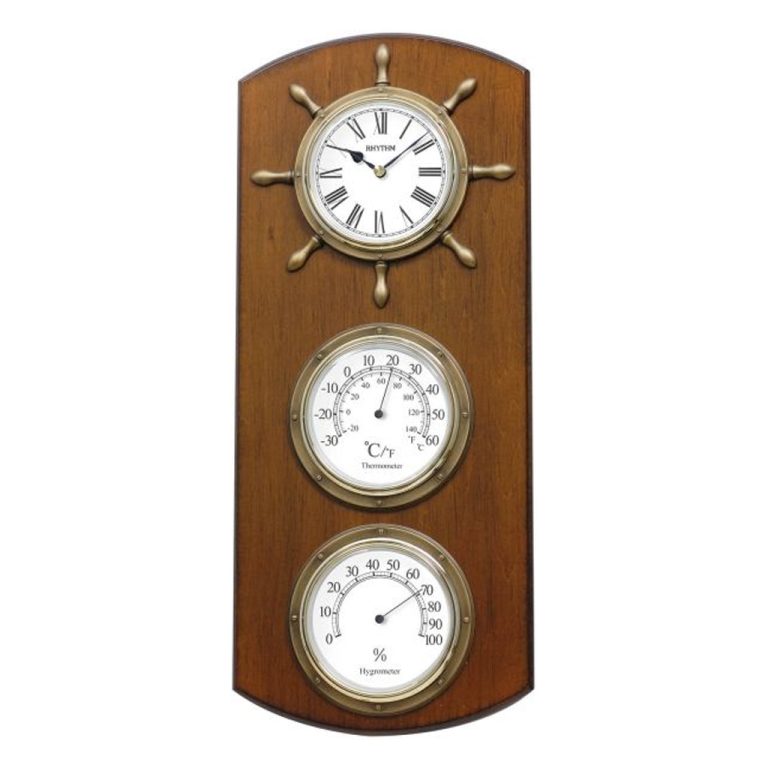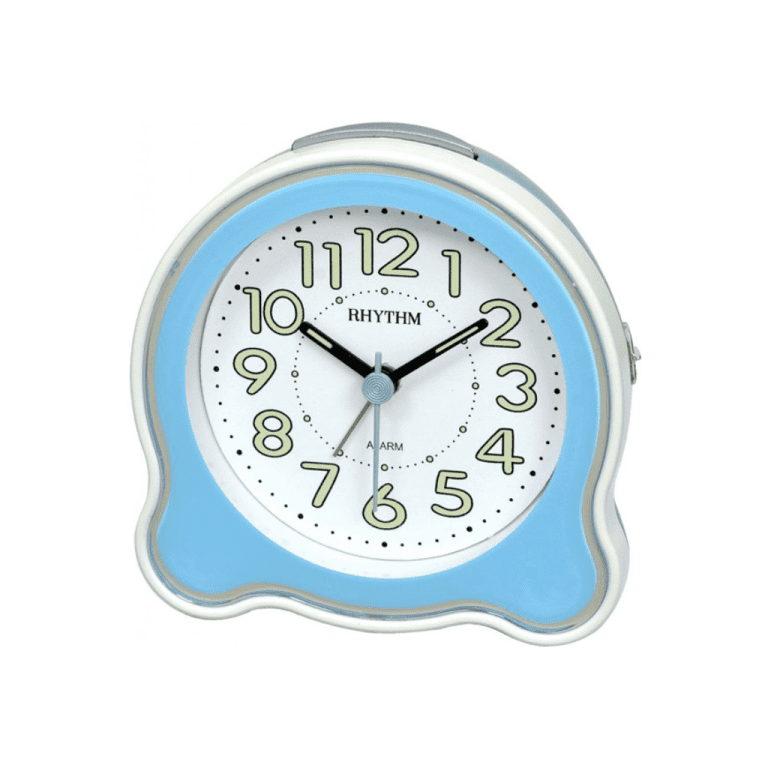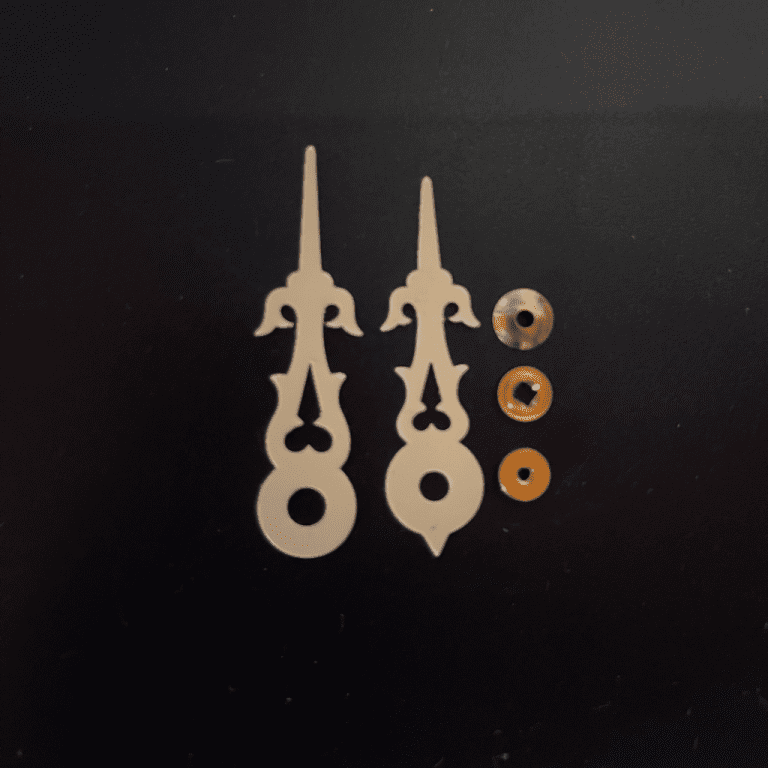HOW TO POLISH & PROTECT YOUR GRANDFATHER CLOCK
by Simon Gilboy June 22, 2017
Most people are emotionally attached to a grandfather or longcase clock, far more than that of a chair or table. There’s always a story behind a grandfather clock. So naturally you’ll want to take the best care of it to ensure it will remain in the best possible condition as it passes through the generations. It’s quite common for us to hear that an old grandfather clock has “been in the family for donkey’s years”.
In this article we’re only going to talk about our area of expertise, wood preservation and the outer case, as opposed to the interior workings which is entirely the domain of the horologist.
Our first piece of advice is always, before applying polish, to make sure the clock is secured to the wall it is resting up against. We recommend attaching a small baton to the wall behind and screw through the back of the clock case to secure to the baton. This is because when the clock is fully wound the counter-weight is at the top of it’s chain and the whole clock can be very top heavy and unstable. When it is secured to the wall the clock unlikely to fall over through vigorous buffing or when children are being adventurous!
Because a clock is rarely moved about and is not actively used (except by the eyes), it can be a bit of a dust collector. This problem is accentuated if you use wet-finish spray polishes or oils. That being said, the greatest risk with spray polishes is getting micro-particles of sticky polish in the workings of the clock and attracting more dust and dirt than necessary. What is needed is a beeswax polish that is formulated to produce a hard dry finish that does not attract or capture dust and it will be easier to remove with the simple swipe with a feather duster. This is what Gilboy’s Gold beeswax polishes are designed for.
HERE’S OUR STEP-BY-STEP GUIDE ON HOW TO POLISH YOUR GRANDFATHER CLOCK WITH GILBOY’S GOLD:
CLEANING:
- Remove dust – use a ½ inch clean paint brush to remove all the dust from crevices and hard to reach places.
- Clean any dirt and grime from all the surfaces by putting a little splash of detergent in a bowl of warm water and lightly dampening a cotton cloth with the solution.
- Dry after cleaning and leave for 10 to 15 minutes to completely dry.
- Look out for loose veneer joints moldings which may need attention by a professional restorer or french. polisher. If any are loose and fall off it is essential to keep them. Put them in a clear plastic bag or envelope and put them inside the clock for safe keeping.
PRESERVATION:
- Check all over for any dinks, dents, cracks or deep scratches. These can be easily repaired using a pure beeswax filler block. We have an instructional video on how to repair scratches with beeswax filler on Youtube.
- With a trimmed 1” paint brush apply the polish to high relief and carved areas that can be hard to reach with a cloth.
- Cover the rest of the grandfather clock case with a thin film of beeswax using very soft ‘0000’ wire wool or a cotton polishing cloth. Careful not to over-apply. The surface should just appear to be dull when done.
- Leave to dry for around 20 minutes, half an hour or a few hours, preferably overnight. The longer you leave it, the easier it will be to buff.
- Buff to a deep lustrous shine using a cotton polishing cloth.
HOW OFTEN SHOULD I POLISH MY GRANDFATHER CLOCK?
Once every 4 or 5 years should be sufficient if you use Gilboy’s Gold.
WHAT POLISH SHOULD I USE?
Rose Gold or Antique gold will bring out the natural colour of the common timbers used such as mahogany, oak or walnut.
Credited to:https://gilboys.co.uk/

